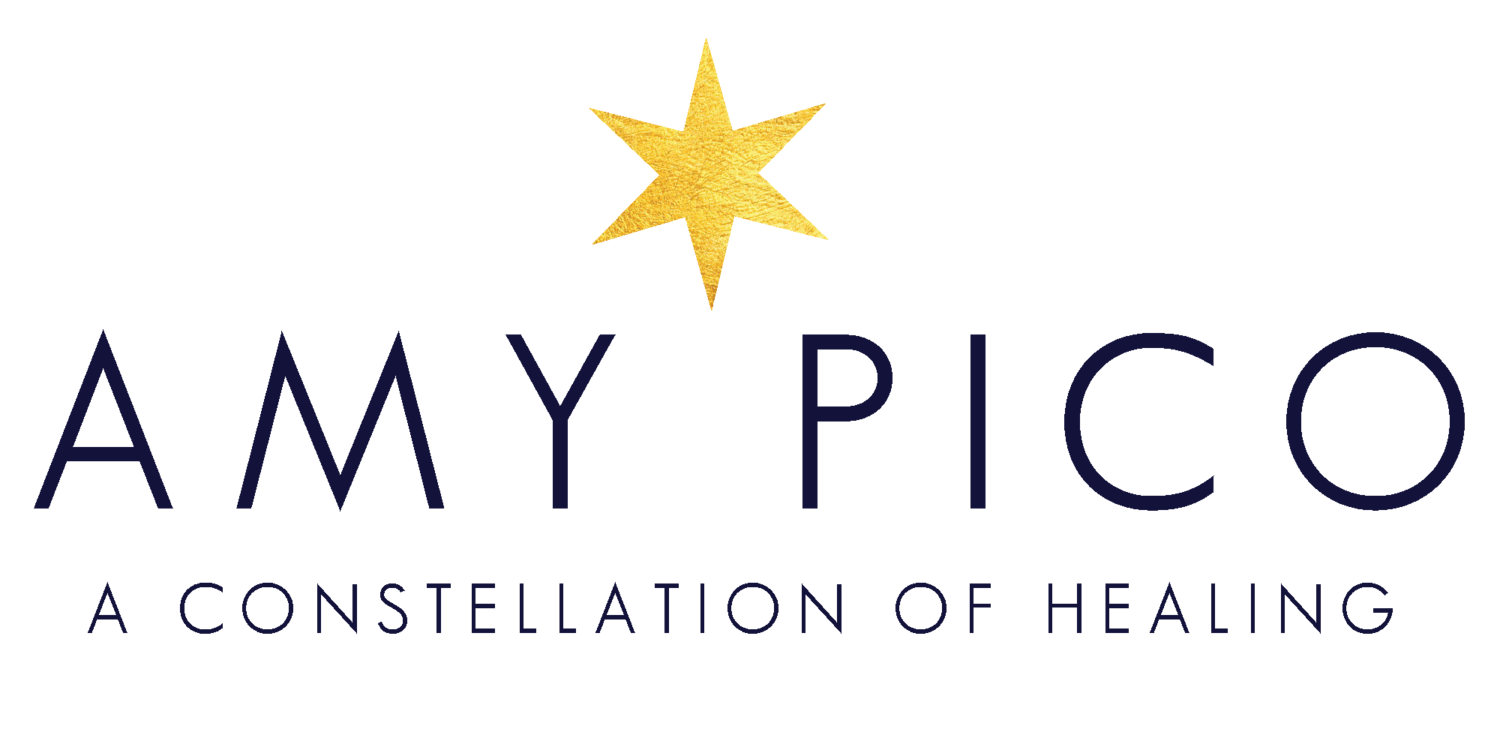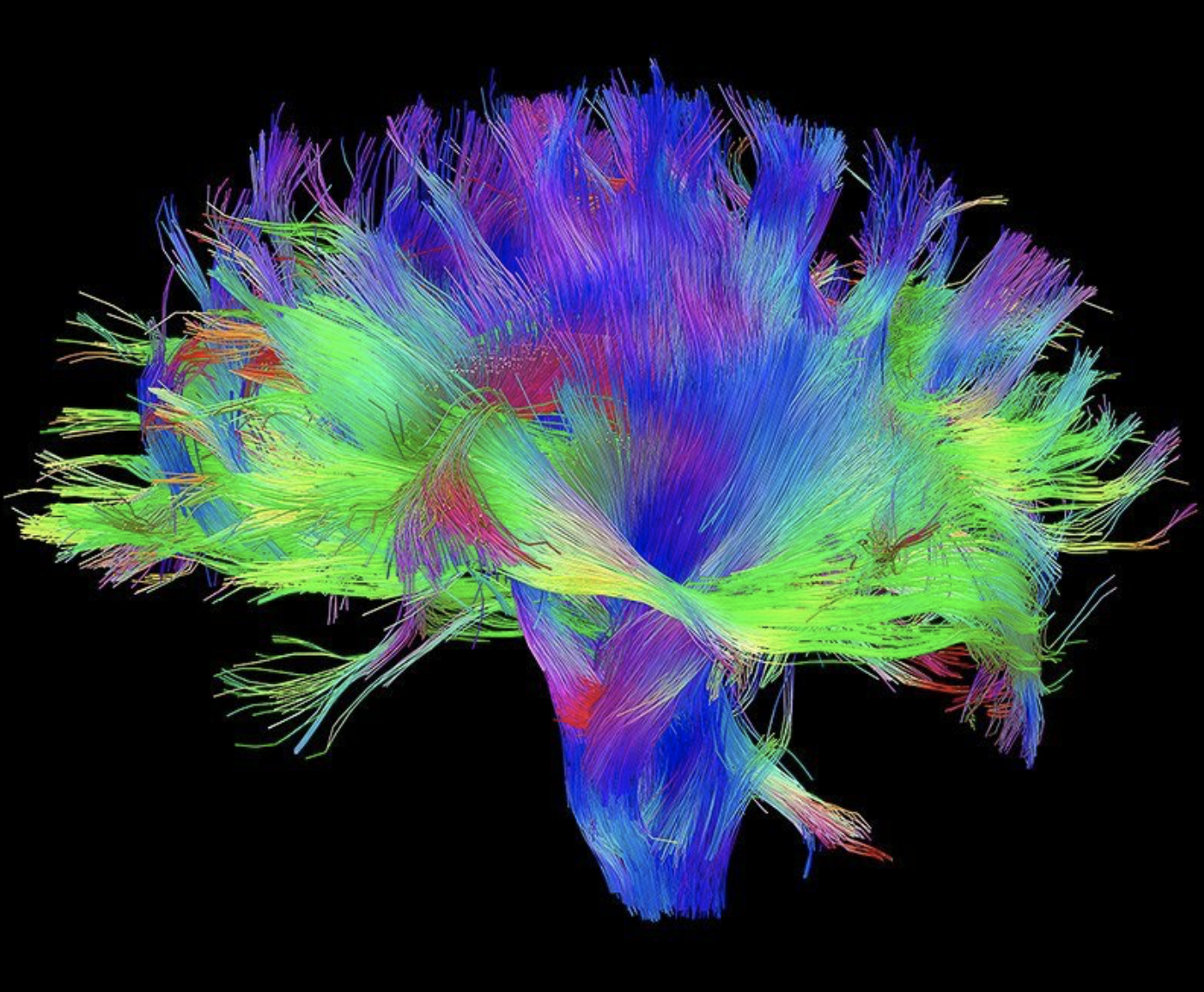This fall marks 15 years of being in private practice. During this time, I have specialized in working with trauma, post-traumatic stress, developmental trauma, religious abuse, domestic violence, chronic pain, integration for ketamine therapy and plant medicine, and coming out as a neurodiverse psychotherapist.
Since my clients pay for therapy out of pocket, the financial investment is a huge consideration in knowing how often and for how long to attend therapy. While these decisions are yours to make as a client, I want to share how to maximize your therapy experience.
What are my therapy goals? Knowing your therapy goals is very helpful in finding a therapist who can help you meet your goals. If you are looking for symptom reduction, be specific in what symptoms you would like to see improved and what you would like to be experiencing instead. If you don’t know your goals, I usually ask clients in our phone intake before booking a first appointment.
What am I willing to invest? Based on your therapy goals and the price of therapy, this may help you determine how much or how long to engage in treatment. Many clients desire to work with me but can’t afford the investment based on their goals. We can discuss finding a frequency or time frame to create positive momentum without financial stress.
What are my support needs? It is best to consider more frequent sessions if your therapy goals connect to chronic symptoms or conditions. Weekly therapy is best for building positive rapport, consistency, and support if you want to work on the root causes of long-standing or cyclic challenges. Suppose you are looking for symptom reduction linked to a life transition, a supportive check-in, or a time-sensitive issue like integration therapy for plant medicine. In that case, we can arrange a short-term arrangement.
What else do I want to know? Finding the right therapist may take time. I encourage clients to formulate questions to interview potential therapists regarding their specializations, their approach to personal growth, and communication preferences. After committing to a therapist, it can also be helpful to use the first 90 days as a trial period of noticing how you feel about your therapeutic experience and if it’s the right fit for you. Don’t hesitate to re-evaluate things and keep searching!
If you are interested in working with me, please fill out my application here, or email me. I wish you well in your healing journey!



